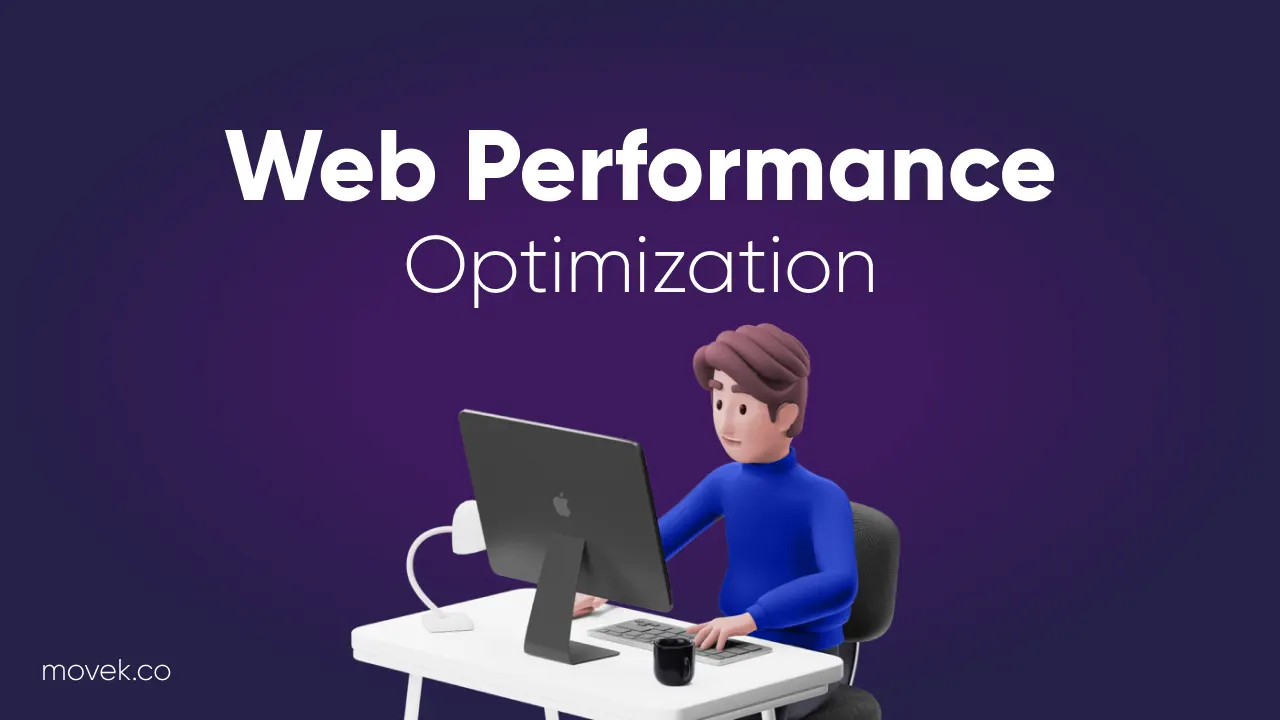Baeugi News Hub
Your source for the latest news and insightful articles.
Speed Demons: How to Make Your Website Sprint Like a Cheetah
Unlock lightning-fast website speeds! Discover proven tips to make your site sprint like a cheetah and boost your online success.
10 Essential Tips to Boost Your Website's Speed
In today's fast-paced digital landscape, website speed is crucial for retaining visitors and improving your search engine rankings. Here are 10 essential tips to help you boost your site's performance:
- Optimize Images: Compress images before uploading them to reduce load times without sacrificing quality. Use formats like JPEG for photos and PNG for graphics.
- Leverage Browser Caching: Set an expiration date or a maximum age in the HTTP headers for static resources so that returning visitors don’t have to download them again. Refer to MDN Web Docs for more information.
Additionally, utilizing a Content Delivery Network (CDN) can significantly enhance load times by distributing your content across multiple servers globally. This ensures that users access your site from the nearest server. For further details, see Cloudflare's guide. Furthermore, consider minifying CSS, JavaScript, and HTML files to reduce their size, as explained in Google's Web Fundamentals. Finally, regularly monitoring your site’s speed using tools like Google PageSpeed Insights can help you identify areas that need improvement.

The Impact of Website Speed on User Experience: Why Faster is Better
The speed of a website significantly influences user experience, making it a critical factor for any online presence. Research shows that a delay of just one second in page load time can lead to a 7% reduction in conversions. Users expect fast-loading pages, and if a site fails to meet this expectation, they are more likely to abandon it for a competitor's website. This abandonment not only impacts immediate sales but can also harm the site's search engine ranking, as site speed is a critical factor in Google’s ranking algorithm.
Furthermore, the importance of speed extends beyond just initial visitor impressions; it directly affects user retention and engagement. According to a study by Cachefly, websites that load in under 2 seconds experience a considerably higher engagement rate than those that load slower. This means that optimizing your website for speed is not only essential for user experience but also pivotal for achieving long-term success online. By reducing load time through optimization strategies such as minimizing HTTP requests and leveraging browser caching, website owners can create a seamless browsing experience that keeps users coming back.
How to Use Tools to Measure and Improve Your Website's Loading Time
Measuring your website's loading time is crucial for ensuring a positive user experience and improving your site's SEO. To start, consider using popular tools such as Google PageSpeed Insights or GTmetrix. These tools provide detailed insights into your website's performance metrics, highlighting areas for improvement. With the insights gained, you can identify loading issues related to images, server response time, and scripts. Analyzing these metrics allows you to implement strategies that can significantly enhance your site's speed and efficiency.
Once you have gathered data on your website's loading time, the next step is to implement specific improvements. Focus on optimizing images by compressing them, utilizing next-gen formats, and ensuring they are appropriately sized. Additionally, leveraging browser caching and minimizing JavaScript and CSS files can reduce loading times. For a comprehensive approach, regularly monitor your website's performance with tools like WebPageTest. By making these adjustments and ongoing assessments, you will not only improve your website's loading time but also enhance the overall user experience, leading to better SEO results.